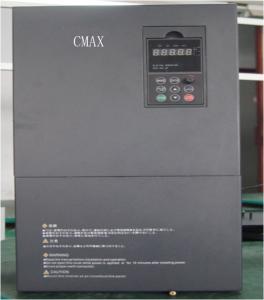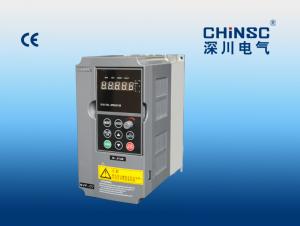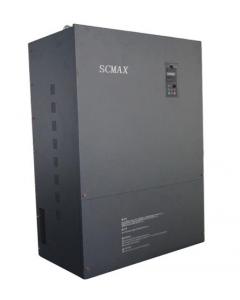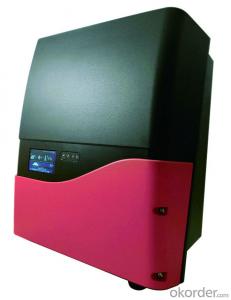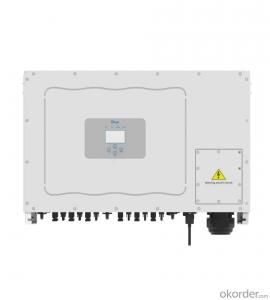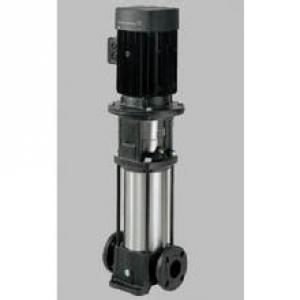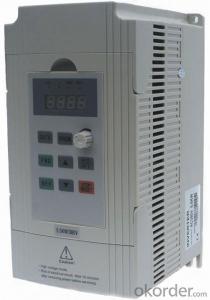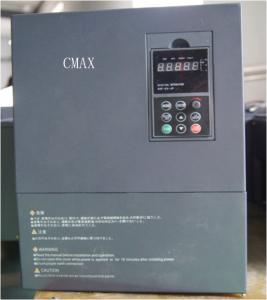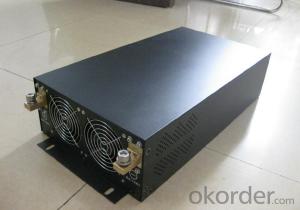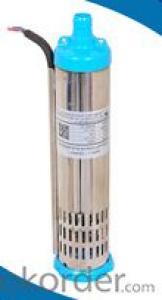3 Phase Solar Pump Inverter
3 Phase Solar Pump Inverter Related Searches
3 Phase Solar Power Inverter 3 Phase Solar Inverter Solar 3 Phase Inverter Solar Power 3 Phase Inverter 3 Phase Inverter Solar 3 Phase Solar Battery Inverter Solar Inverter 3 Phase 3 Phase Solar Hybrid Inverter 3 Phase Hybrid Solar Inverter 3-Phase Solar Inverter Three Phase Solar Inverter 3 Phase Solar Micro Inverter Hybrid Solar Inverter 3 Phase Best 3 Phase Solar Inverter China 3 Phase Solar Inverter 3 Phase Solar Inverter Price Solar Edge 3 Phase Inverter 3kw Solar Inverter Solar 3 Phase Inverter Price 3kw Inverter Solar 3kv Solar Inverter Abb 3 Phase Solar Inverter 3 Kilowatt Solar Inverter 3kva Solar Inverter 3ph Solar Inverter Solar Inverter 3kva Solar Pump Inverter Solar Inverter 3 Kw 3 Mppt Solar Inverter 3 Kva Solar Inverter3 Phase Solar Pump Inverter Supplier & Manufacturer from China
The 3 Phase Solar Pump Inverter is a specialized device designed to convert the energy generated by solar panels into a usable form for powering various types of pumps. This product is engineered to optimize the efficiency of solar energy utilization, making it an essential component in sustainable energy systems. It is particularly effective in managing the power requirements of irrigation systems, water supply systems, and other applications that rely on electric motors.The 3 Phase Solar Pump Inverter finds its application in a wide range of scenarios where reliable and efficient power supply is crucial. It is widely used in agricultural settings for irrigation, in remote areas where grid electricity is unavailable, and in industrial applications where a stable power supply is needed. This product is also gaining popularity in urban areas as part of the push towards green energy solutions, making it a versatile choice for various environments.
Okorder.com is a leading wholesale supplier of the 3 Phase Solar Pump Inverter, boasting a large inventory to cater to the diverse needs of customers worldwide. With a commitment to quality and customer satisfaction, Okorder.com ensures that the 3 Phase Solar Pump Inverter is available at competitive prices and with the assurance of reliable performance.
Hot Products

